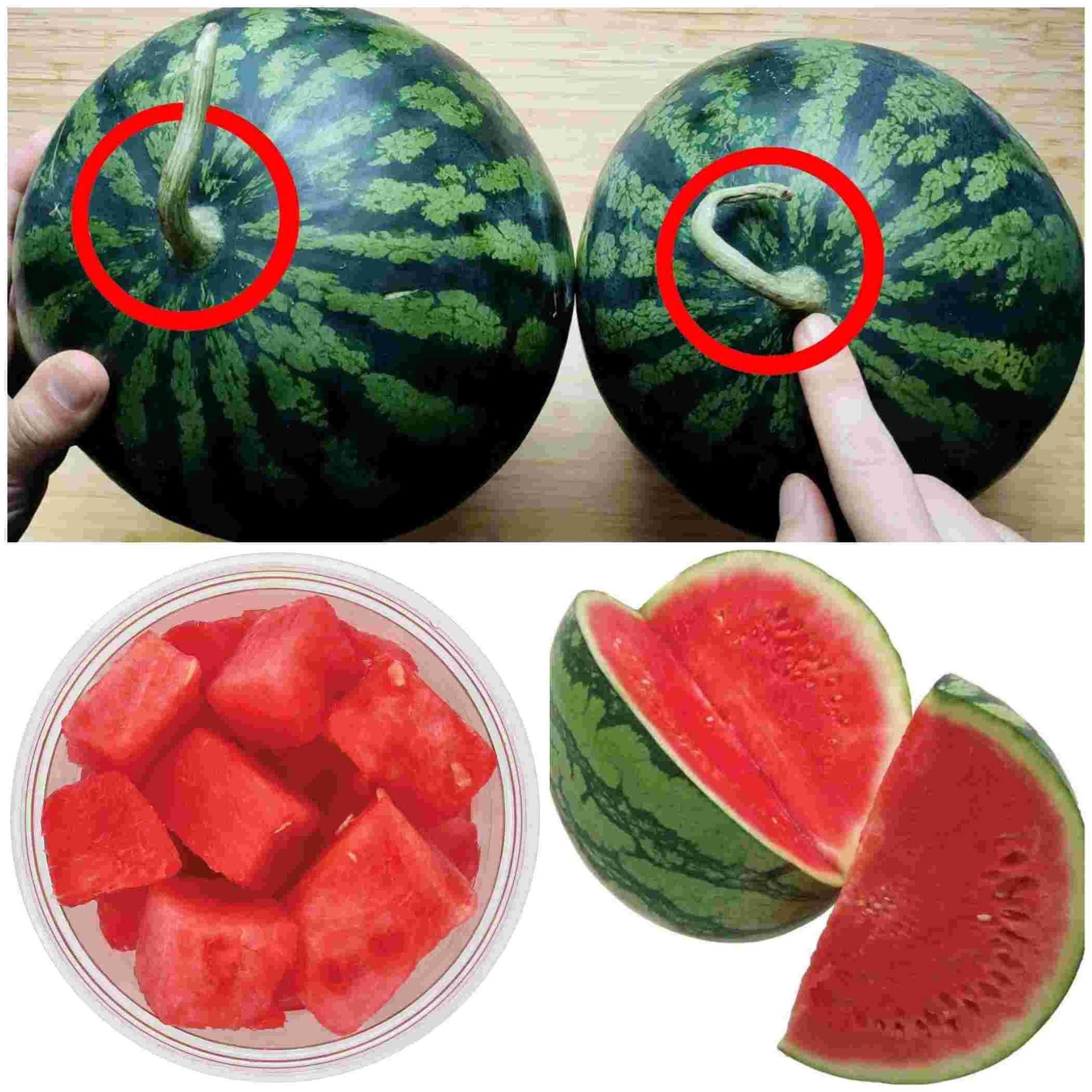How to Pick a Perfectly Sweet Watermelon: Easy Tips at a Glance
Choosing a perfectly sweet watermelon can be a bit of a challenge, but with the right tips and tricks, you can select a delicious and juicy melon every time. Here’s a quick and easy guide to help you pick the best watermelon at the market.
Introduction
Watermelons are a quintessential summer fruit, loved for their refreshing sweetness and hydrating qualities. However, finding a perfectly ripe and sweet watermelon can sometimes feel like a guessing game. By understanding a few key indicators, you can confidently choose a watermelon that will delight your taste buds.
Tips for Picking a Perfectly Sweet Watermelon
1. Look for a Uniform Shape
A good watermelon should have a uniform shape, whether it’s round or oval. Irregular bumps or lumps can indicate uneven growth, which might affect the texture and taste of the fruit.
2. Check the Field Spot
The field spot, also known as the ground spot, is the area where the watermelon rested on the ground. This spot should be a creamy yellow color. The darker and more pronounced the yellow, the longer the watermelon has been ripening on the vine, which usually means it’s sweeter.
3. Examine the Skin
The skin of the watermelon should be dull, not shiny. A shiny watermelon may indicate that it’s underripe. Additionally, look for a firm rind that doesn’t give easily when pressed. Avoid watermelons with cuts, dents, or bruises.
4. Tap the Watermelon
Give the watermelon a gentle tap. A ripe watermelon will produce a deep, hollow sound, similar to a drum. If the sound is dull or flat, the watermelon might be overripe or underripe.
5. Check the Weight
A ripe watermelon should feel heavy for its size. Pick up a few watermelons of the same size and choose the one that feels the heaviest. The extra weight indicates higher water content, which is a good sign of juiciness.
6. Look for Sugar Spots and Webbing
Sugar spots are dark, rough patches on the skin of the watermelon. These spots are where sugar has seeped out and indicate a sweet fruit. Similarly, web-like brownish veins, known as webbing, suggest that bees touched the pollinating parts of the flower many times, resulting in a sweeter watermelon.
7. Inspect the Stem
If the stem is still attached, check its condition. A dry and brown stem typically indicates that the watermelon is ripe. A green stem suggests that the fruit was picked too early and may not be fully ripe.
Quick Recap: At a Glance
- Uniform Shape: Choose a symmetrical watermelon without irregularities.
- Field Spot: Look for a creamy yellow spot on the underside.
- Skin: Opt for a dull, firm rind with no cuts or bruises.
- Sound Test: Tap for a deep, hollow sound.
- Weight: Heavier is better for its size.
- Sugar Spots and Webbing: Look for dark spots and web-like veins.
- Stem: A dry, brown stem indicates ripeness.
Frequently Asked Questions (FAQs)
How do I store a watermelon after purchase?
Whole watermelons can be stored at room temperature for about a week. Once cut, store the watermelon in the refrigerator, covered with plastic wrap or in an airtight container, to keep it fresh and juicy.
Can I ripen a watermelon at home?
Unlike some fruits, watermelons do not continue to ripen after being picked. This is why it’s essential to choose a ripe one at the market.
Are seedless watermelons less sweet than seeded ones?
Seedless watermelons can be just as sweet as seeded varieties. The sweetness depends on the ripeness and quality of the watermelon, not the presence of seeds.
What are some ways to use leftover watermelon?
Leftover watermelon can be used in smoothies, salads, salsas, or even grilled. You can also freeze watermelon cubes for a refreshing snack or to use in drinks.
How can I tell if a watermelon is overripe?
An overripe watermelon may have a very dull sound when tapped, a mushy texture, or an off smell. It might also have more yellow field spots and less defined webbing.
Conclusion
Choosing a perfectly sweet watermelon doesn’t have to be a daunting task. By following these simple tips, you can confidently select a juicy, ripe watermelon every time. Enjoy the refreshing taste of summer with the perfect watermelon, whether you’re enjoying it on its own, in a fruit salad, or as a refreshing drink. Happy watermelon picking!

